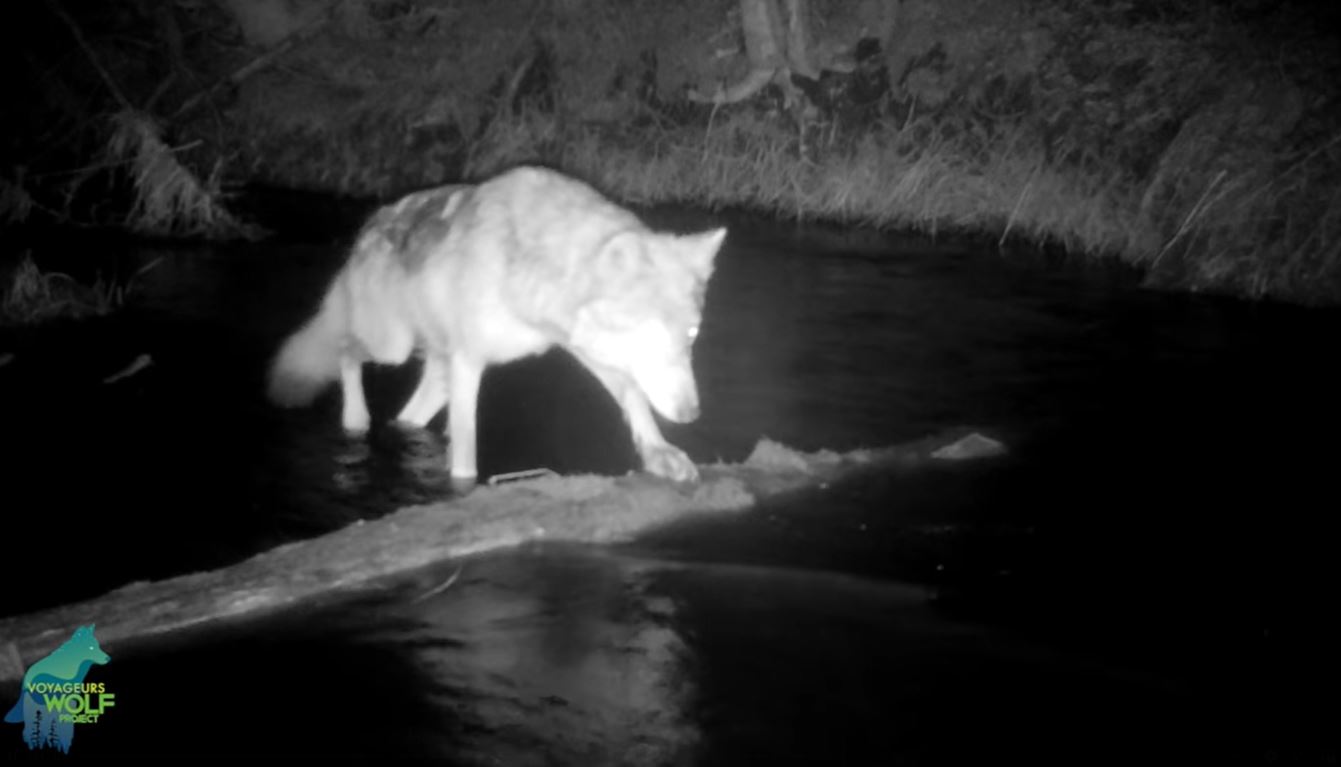Voyageurs Wolf Project studies wolf fishing behavior
[anvplayer video=”5182048″ station=”998130″]
The Voyageurs Wolf Project is devoted to better understanding wolf behavior in northern Minnesota. Over the past five years, they’ve studied wolf fishing behavior and recently published a paper about how fish factor into a wolf’s diet.
Lead author Dani Freund said they first captured a wolf fishing on a trail camera in 2017.
“Wolves fishing has been observed for a long time, and there’s been a lot of research on it in British Columbia and Alaska. And they’re fishing for salmon in kind of these coastal ecosystems,” Freund said. “It hasn’t been well-studied in a freshwater environment or inland. And there aren’t very many observations that have been recorded and published in scientific literature.”
Since 2017, the Voyageurs Wolf Project has added more remote cameras near shallow sections of creek and even outfitted a wild wolf with a GPS collar camera that captured the animal doing some fishing.
“We were able to place one of the first ones on a wild wolf, and it just happened to capture wolves fishing, which is super cool because it’s a hard-to-observe behavior regardless and the technology was really new, and the fact that it worked in general was amazing. And it’s even more incredible that it caught this behavior,” Freund said.

Voyageur Wolf Project
She says so far, they’ve learned that wolves tend to fish during the spring spawning season, when fish are plentiful and swimming upstream in shallow creeks to lay their eggs.
“Also, it seems like hearing is super important for how wolves detect fish,” Freund said. “So we mostly observed wolves fishing at night, so it’s harder to see the fish. And what they seem to be cueing in on is fish splashing around in the shallow waters and then going after them.”
According to Freund, wolves also seem to fish downstream from beaver dams. That’s a pattern she’d like to research further.
“A big part of our project is looking at wolf predation on beavers. But this data suggests that the relationship between wolves and beavers is a little bit more complicated,” she said.
Watch the full video and track their work on the Voyageurs Wolf Project Facebook page.